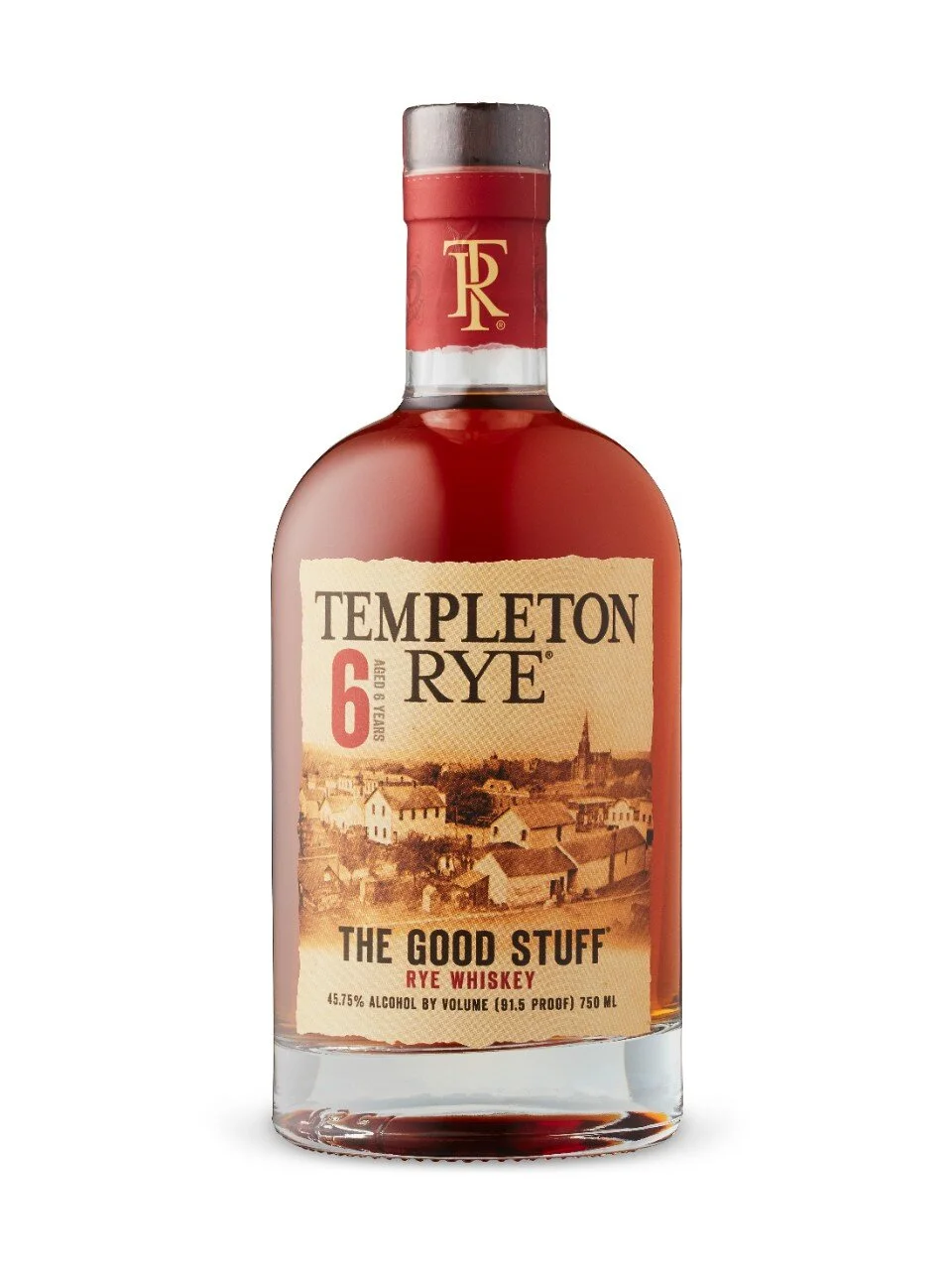Like with IPAs and extreme bitter hops (which I love, by the way, so keep them coming), rye flavouring is a divide among whisky drinkers. Some love rye, some hate it, and some just would prefer life without it. The tide is changing, however, and it’s for the benefit of the whisky world.
Rye is not the Pinot Noir of the whisky world. Instead it’s quite the opposite with bold flavours that I consider an acquired taste. Rye is a key component in almost all bourbons. As I explored earlier when writing about Pappy Van Winkle, bourbons without rye are quite rare. Most of the peppery spice middle and part of the finish common to bourbons comes from rye. Now, imagine a drink that’s focus on just that spice.
Rye has a long history in North American whisky making, though the grain originally came from Europe. Canadians were the first in North America to add small amounts of distilled rye to their whisky. This distinct flavouring gave Canadian whisky the nickname of rye. Unlike most grains, rye can have two harvests a year and it grows in areas corn and wheat wouldn’t dare. Early settlers, as an example, used rye for the first few seasons to prepare the soil for other grains such as wheat and corn.
The point I’m getting at here is, rye isn’t necessarily a loved grain. However, trends are trends, and rye whisky has been swinging back in the last 5 years. Bulleit Rye, Knob Creek Rye, Wild Turkey Rye–Name a distillery or brand, and they’re likely producing a rye product that didn’t exist five years ago.
Canadian Club has entered the market with an extremely affordable ($25.45 for the time being, though $27.45 in the future) option. In Ontario, it’s priced around Canadian Club Classic pricing and several bucks cheaper compared to Wild Turkey 81 Rye. It’s much cheaper than American rye favourite Rittenhouse Rye or newcomer Bulleit Rye (not to be confused with long-time running Bulleit Bourbon).
When it comes to drinking rye, the big question is ‘how rye-ish’ do you want your rye? There really should be a rye index. Newcomer Canadian Club’s 100% Rye in not the biting rye of a Rittenhouse (let’s say 8 out of 10), or the developed rye of a Masterson’s (let’s say 7) or a sweeter enveloped rye of a Bulleit (6). It’s more of a 5. The flavour is there, but this is a soft drink bottled at 40% ABV that’s more forgiving on the unaccustomed taste buds. This is an approachable rye that I can drink straight.
This does introduce a new market for Canadian Club, especially in the area of mixed drinks. I’m not a big fan of mixing drinks with Canadian Club Classic, as an example. It has that distinct flavour that, for someone like me that doesn’t often mix drinks, can be hard to balance. However, that isn’t true for Canadian Club 100% Rye. Manhattans are my go-to cocktail at home (I’m perfecting my recipe), and Canadian Club 100% Rye makes for a very affordable alternative to the other ryes in my whisky cabinet.
Canadian Club is sourcing this rye through Alberta Distillery which is distilling for such rye brands as Alberta Premium, Masterson’s Rye, and Alberta Dark Horse. I’ve tasted these ryes side-by-side and each brings a unique expression to the market. One of my favourite ryes, Mastersons (At a $75 price point), gets more complex wood-based flavours, and the Dark Horse is sweeter and more muted in complexity. Canadian Club 100% Rye hits a good place in the market at an excellent price-point.
Rye is an essential part of any whisky cabinet. Much like comparing scotch to bourbon, rye has a different feel from the rest. It is an acquired taste that opens up your palate to an entirely new element in the whisky world. In fact, up to a few years ago, I had little love for rye. That has since changed greatly, and I quite welcome these new rye offerings.
Originally published on Spotlight Toronto











